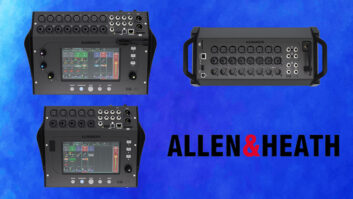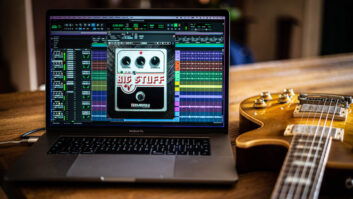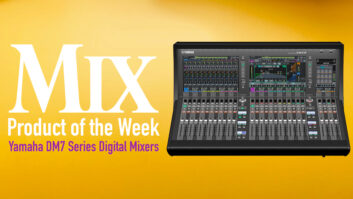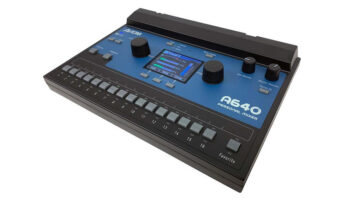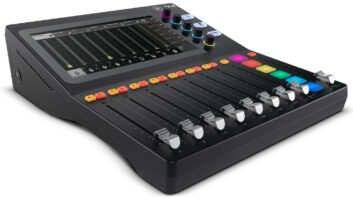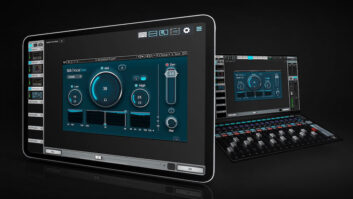Panasonic’s DA7 digital mixer offers a great deal of functionality at an affordable price and in a small package. However, to achieve those qualities, the user has to accept some trade-offs in ease of use. The features are there, but you may have to dig around to find them.
By and large, the DA7’s mixer functions are intuitive and quick to master. The area of automation is where the most helpful hints can be given. Here are a few tips to help you get the best that the DA7 has to offer.
WITHIN YOU, WITHOUT YOU
To store a mix or do event-list editing of a mix, you must first exit automation mode. In fact, the event edit page is not even available for display while automation is on. The fastest way to exit automation is with the Automation/Aux button just to the left of the EQ controls. When you’re ready to store (or event edit), press the button so that it turns green, indicating Automation is off, then proceed with your store or edit.
You will probably be in MIDI Machine Control mode much of the time that you’re automating. Exiting MMC mode by pressing the Cursor/MMC button makes it much easier to move the cursor and use the dial for editing. Don’t forget to turn MMC and automation back on before trying another mix pass!
A PRESET SAVED IS A PRESET EARNED
Although most people get basic sounds before they turn automation on, tonal and settings changes often need to be done while mix automation is in process. The DA7 does not provide an easy way to propagate changes in dynamics, EQ or other channel settings through scene changes. Making such adjustments while automation is on is dicey because the next scene change or parameter move will erase the EQ you labored over the last time through.
Turn off automation to make the tweaks you need. Once you have things the way you like them, store the settings as an appropriate library preset. EQ and dynamics presets will be the most common, but sometimes you’ll need to store a channel preset. Note that you must be in the appropriate edit screen (EQ, dynamics, channel) BEFORE pressing the Library Store button.
Once you have stored the new settings, recall the first scene change (i.e. snapshot) in the mix, then select the appropriate channel for the new settings and recall the library preset you just made. Now store the scene change again (you may want to name it differently in order to differentiate it from the old version). For each scene change in the mix follow the same process: recall the scene change, select the channel, recall the library preset, and store the scene change. If you store the scene change under a new name, don’t forget to update the old scene wherever it appears.
You may also wish to deselect fader levels from the list of parameters stored in a scene change, for all but the Start Scene (which is always memory 00). This prevents the automation from grabbing the fader if a scene change is recalled while you’re recording fader moves.
THE PANTHOM MENACE
The DA7 will dump its entire contents via MIDI system exclusive data to any program that can receive and store sys ex. But there’s a hidden “gotcha.” Although sys ex data does not, by definition, carry a channel number, some manufacturers implement one anyway. In the DA7, what this means is that a dump cannot be restored unless the DA7 is set to the same MIDI channel as when the dump was made! Even if you never change the DA7’s MIDI channel, it is prudent to make a note in the file name or some document as to the MIDI channel of each dump.
